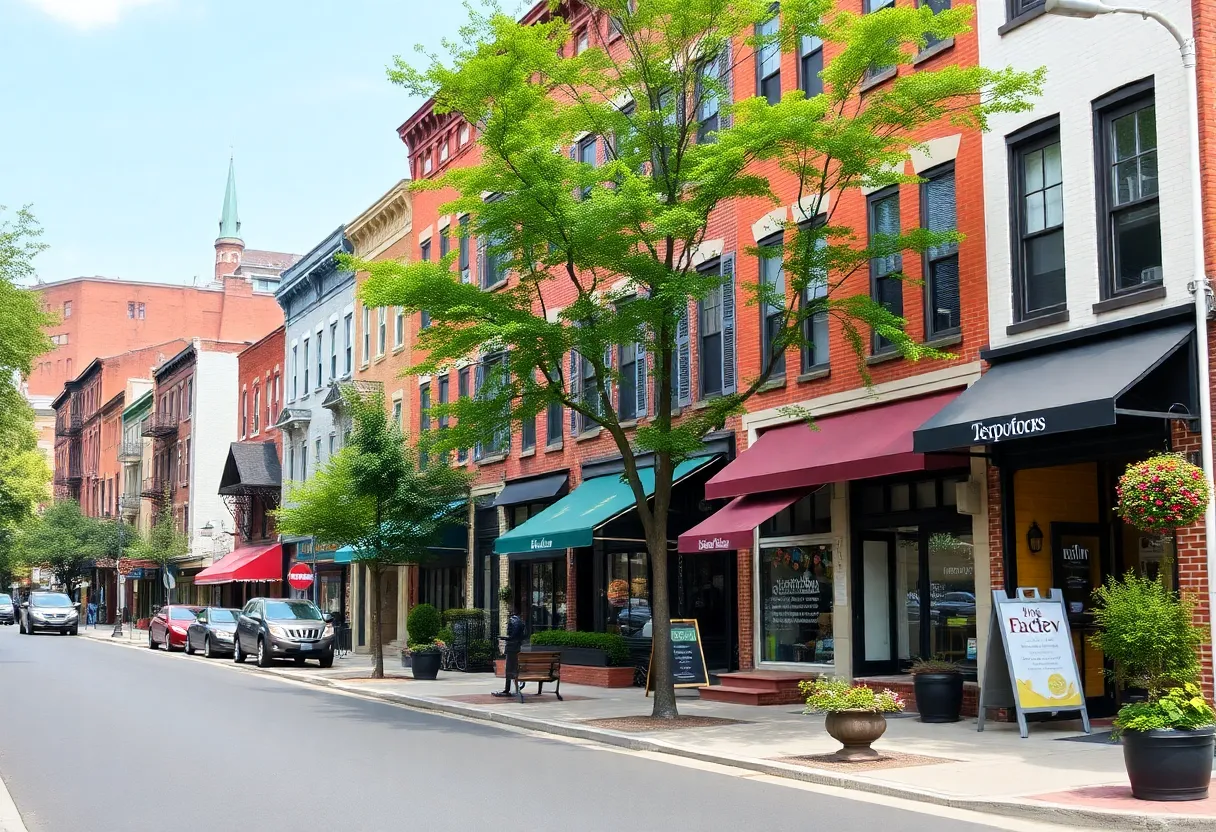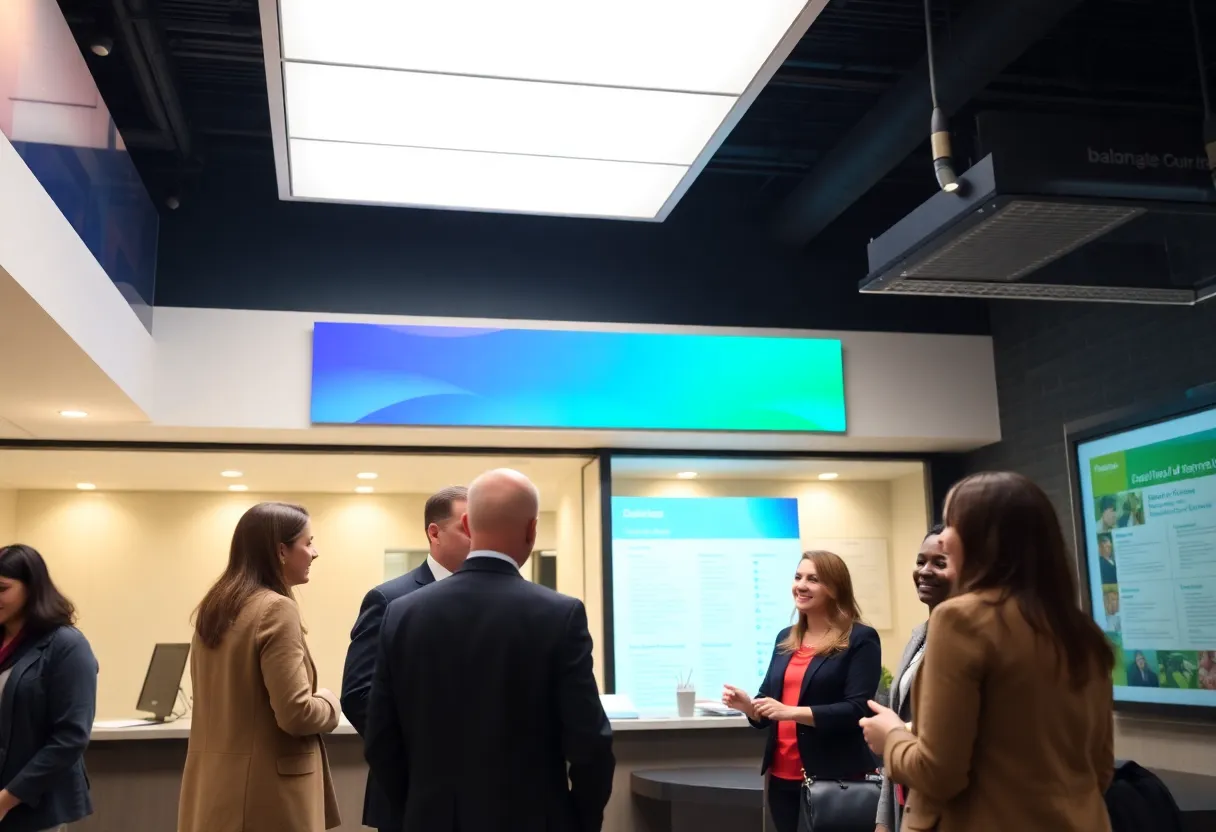How to Choose the Right Neighborhood for Your New Home in Philadelphia: Essential Tips for Homebuyers
Philadelphia presents an expansive array of neighborhoods, each characterized by its unique charm, amenities, and community vibe. Selecting the appropriate neighborhood is foundational to ensuring long-term satisfaction and investment value. This guide distills critical factors to inform your decision-making process when navigating Philadelphia’s diverse real estate landscape.
1. Assess Your Lifestyle and Personal Preferences
Start with a clear understanding of what you prioritize in a living environment. Are you seeking a lively urban atmosphere, or does tranquility matter more? Consider proximity to your workplace, public transit options, educational institutions, parks, cultural venues, and social hubs. Reflect on whether you prefer a walkable neighborhood filled with cafes and galleries or a quieter area ideal for families or retirees. Identifying these core preferences ensures your choice aligns with your daily routines and long-term happiness.
2. Analyze Current Housing Market Trends
Staying informed about Philadelphia’s housing dynamics is vital. As of August 2025, the market remains highly competitive with a median home price approaching $290,000—an increase of approximately 3.6% over the previous year. Inventory levels have seen a modest 8% rise but still remain tight, favoring sellers. Properties under $300,000 often attract multiple offers, sometimes within days of listing. Recognizing these trends aids in setting realistic budget expectations and timing your purchase strategically.
3. Key Neighborhoods to Consider
Philadelphia’s neighborhoods each bring distinct advantages. Recognizing these nuances helps refine your options:
Fishtown
Fishtown exemplifies rapid urban renewal, drawing young professionals and creatives. Known for its vibrant arts scene, diverse dining options, and lively nightlife, it blends modern living with historic charm. Here, first-time buyers find a variety of condos, renovated rowhouses, and starter homes at accessible prices compared to other hotspots.
Mount Airy
Renowned for its *cultural vibrancy and affordability*, Mount Airy offers a welcoming community atmosphere. It boasts a rich diversity of independent shops, cafes, and galleries. The neighborhood also benefits from *relatively safe streets* and a strong sense of community, making it attractive for families and those seeking a balanced lifestyle.
Society Hill
This historic district features *colonial and Federal-style architecture*, with cobblestone streets and brick sidewalks. Its high median household income reflects the neighborhood’s desirability. Residing here offers proximity to historic sites, professional opportunities, and an urban yet refined quality of life.
Port Richmond
Port Richmond is distinguished by its *heritage as a Polish-American enclave*. It’s vibrant, with numerous small businesses, bakeries, and pubs that celebrate its cultural roots. Its *affordable home prices* appeal to first-time buyers seeking a lively community atmosphere.
Washington Square West
This *trendy, LGBTQ+ friendly neighborhood* features eclectic shops, restaurants, and a lively arts scene. Its central location provides convenient access to Center City amenities, making it ideal for professionals desiring an energetic urban environment.
4. Future Developments and Potential Growth Areas
Monitoring ongoing projects offers insight into the neighborhood’s future value. The Navy Yard’s transformation into a mixed-use hub is a noteworthy example. With over 600 new apartment units slated for opening, it is poised to enhance nearby property values and demand. Such developments often signal promising investment opportunities.
5. Affordability and Property Value Trends
Affordability varies significantly across Philadelphia’s neighborhoods. In 2024, Chestnut Hill reported a median sale price of approximately $751,000, marking almost a 7% increase from the previous year. Contrastingly, neighborhoods with more modest median prices, like Kensington or Frankford, offer entry points for first-time buyers or investors seeking growth potential.
6. Safety and Community Engagement
*Crime rates* are a critical consideration. Neighborhoods with actively engaged residents and robust community programs typically exhibit lower crime and a stronger sense of security. Access local crime statistics, attend community meetings, and converse with residents to gauge neighborhood safety and cohesion.
7. Transportation and Commuting Ease
Philadelphia boasts an extensive network of public transit options—including SEPTA bus, trolley, and regional rail services. Proximity to transit can significantly reduce commuting time and costs. Consider neighborhoods near subway or regional rail stations if convenient access to broader employment hubs is essential to you.
8. On-the-Ground Experience: Visit in Person
Spend time in neighborhoods at different times—day and night, weekday and weekend. Observe traffic flow, noise levels, and street activity. Interact with local business owners and residents to gather impressions that reinforce or challenge your initial perception. Personal experience offers invaluable insights beyond listings and photos.
9. Leverage Expertise of Local Real Estate Agents
Work with experienced agents familiar with Philadelphia’s diverse neighborhoods. They can provide insider information, negotiate favorable terms, and help you navigate complex market conditions. An agent’s local knowledge can reveal opportunities that are not always apparent through casual research.
10. Essential Local Amenities and Services
Proximity to healthcare facilities, quality schools, grocery stores, parks, and recreational centers directly impact daily convenience and long-term satisfaction. Evaluate the availability and accessibility of these features before making a decision.
11. Long-Term Investment Outlook
Forecast neighborhood growth by analyzing historical property appreciation rates, upcoming infrastructure projects, and economic indicators. Areas with a track record of sustained growth and positive development prospects typically present better investment opportunities.
12. Taxes, Zoning, and Regulations
Review property taxes, zoning laws, and any relevant community restrictions. These factors influence ownership costs and potential developments. Being well-informed prevents surprises and ensures compliance with local ordinances.
13. Environmental Factors
Assess neighborhood air quality, green spaces, noise pollution, and environmental hazards. Access to parks and natural areas improves quality of life, while environmental risks may impact property values or health.
14. School Quality as a Priority
For families or future planning, prioritize neighborhoods with reputable schools. Test scores, extracurricular offerings, and school reputation significantly influence property desirability and can augment resale value.
15. Homeowners Association (HOA) Policies and Fees
If considering a property within an HOA, review its rules, fees, and community standards. Confirm that HOA policies align with your lifestyle—some enforce stricter regulations on property modifications or community conduct.
16. Resale and Marketability
Invest in neighborhoods demonstrating robust demand and stable growth. Properties in such areas tend to be easier to resell, safeguarding your investment for the future.
17. Demographic and Population Trends
Analyze shifts in age groups, income levels, and cultural diversity. Growth in younger populations or increasing diversity often signal a vibrant, adaptable neighborhood with long-term vitality.
18. Environmental and Green Space Considerations
Green spaces contribute to well-being and community engagement. Where available, green parks, walking trails, and open areas enhance livability and appeal.
19. Educational Resources and School Districts
Access to high-quality schools will influence both daily life and property valuation. Investigate school district ratings and community feedback before making your selection.
20. Community and Social Networks
A neighborhood with active associations, planned events, and engaged residents fosters a sense of belonging and safety, enriching your living experience.
Frequently Asked Questions
How do I determine which neighborhood is best suited for my lifestyle in Philadelphia?
Assess your daily needs, such as proximity to work, schools, recreation, and social venues. Consider your preferred ambiance—urban, suburban, or quiet residential—and match these preferences with neighborhood characteristics like density, amenities, and community culture.
What factors influence property values in Philadelphia neighborhoods?
Key factors include location, proximity to transit and major employment hubs, quality of schools, safety, local amenities, upcoming developments, and historical growth trends. Neighborhood reputation and environmental quality also play significant roles.
Is it important to consider future development projects when buying in Philadelphia?
Yes. Future developments can increase property values, improve neighborhood amenities, and affect traffic and environmental quality. Staying informed about such projects helps identify growth opportunities and avoid potential disruptions.
How can I ensure the neighborhood I choose is safe?
Review local crime statistics, visit the area at different times, speak with residents, and check community engagement initiatives. A neighborhood with active residents and low crime rates typically offers better security.
Author: STAFF HERE PHILADELPHIA WRITER
The PHILADELPHIA STAFF WRITER represents the experienced team at HEREPhiladelphia.com, your go-to source for actionable local news and information in Philadelphia, Philadelphia County, and beyond. Specializing in "news you can use," we cover essential topics like product reviews for personal and business needs, local business directories, politics, real estate trends, neighborhood insights, and state news affecting the area—with deep expertise drawn from years of dedicated reporting and strong community input, including local press releases and business updates. We deliver top reporting on high-value events such as Mummers Parade, Philadelphia Flower Show, and Thanksgiving Day Parade. Our coverage extends to key organizations like the Greater Philadelphia Chamber of Commerce and United Way of Greater Philadelphia, plus leading businesses in telecommunications, food services, and healthcare that power the local economy such as Comcast, Aramark, and Children's Hospital of Philadelphia. As part of the broader HERE network, we provide comprehensive, credible insights into Pennsylvania's dynamic landscape.





